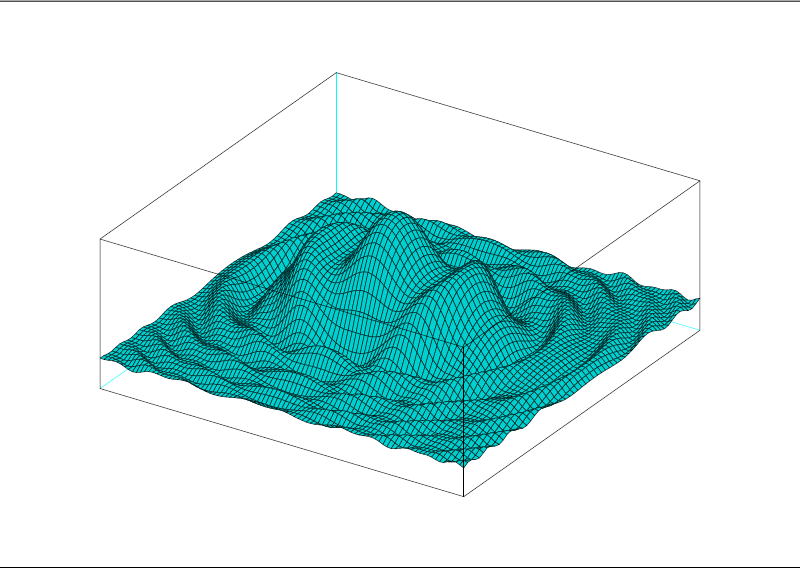| The Unconstrained Nonlinear Programming Solver |
Overview
The unconstrained nonlinear programming solver (NLPU) is a component of the OPTMODEL procedure, and it can be used for solving general unconstrained nonlinear programming (NLP) problems.
Mathematically, an unconstrained nonlinear programming problem can be stated as follows:
For purely unconstrained optimization, PROC OPTMODEL implements the following algorithms:
- Fletcher-Reeves nonlinear conjugate gradient algorithm for convex unconstrained optimization
- Polak-Ribière nonlinear conjugate gradient algorithm for convex unconstrained optimization
- Limited-memory Broyden-Fletcher-Goldfarb-Shanno algorithm for general nonconvex unconstrained optimization (default)

|
Figure 11.1: An Example of Multiple Local Optimal Points
The function displayed in Figure 11.1 is
Copyright © 2008 by SAS Institute Inc., Cary, NC, USA. All rights reserved.
